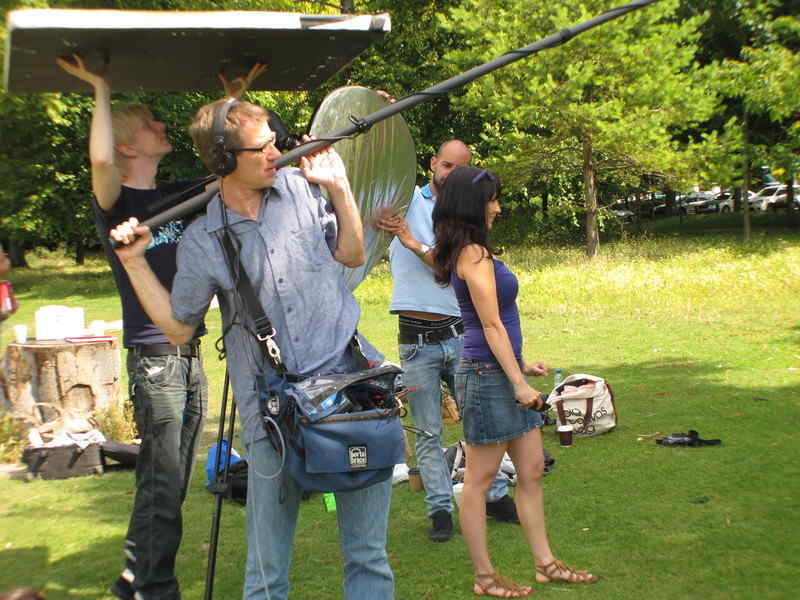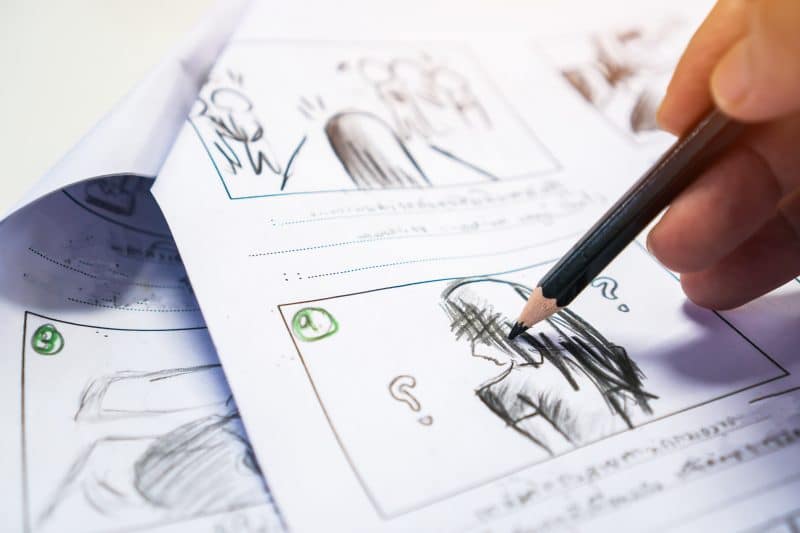Sound is one of the most critical aspects of any kind of video production, from a student film to a corporate video or a Hollywood blockbuster. It is also one of the most neglected, so here I’ll address some of the issues I frequently hear about from sound recordist specialists and how to circumnavigate them.
The eye is more forgiving than the ear.
The fashion currently is for very “reportage” type photography – lot’s of hand held, shaky cam and Lo-fi footage; (we’re actually producing a series of videos for a client that are SERIOUSLY Lo-fi – but will be very funny ) but what is TOTALLY inexcusable in any flavour of video production is a to have lousy sound. It’s difficult to define why this is the case with sound, but not with visuals – it seems that the eye is more forgiving than the ear!
DSLR camera sound issues
In relation to this – the first issue to cover is that of the DSLR camera. Elsewhere on this blog I talk at some length about the pluses and minuses of DSLR for hi def video – what I explain is that – as DSLRs were build as stills cameras first, the onboard sound facilities on most is fairly poor. It is usual for the corporate video world (a great majority of who use DSLR) to have a separate audio unit to record sound – it’s certainly not something I would risk personally.
The location
If the video is being shot in a studio or other controlled location this shouldn’t be an issue, but if you’re out on location, it is important to have a good scout of the location. This will ensure no nasty surprises when the time comes for the shoot, trying to interview someone important next to a railway line or shoot a tender love scene under a flight path isn’t a good idea!
The recording
With the recording itself, it is important to have your mikes set up correctly. Radio mikes need to be at the correct distance from the interviewees’ mouth so neither to cause distortion for being too loud, or the opposite if too faint. Nothing is more frustrating than bad sound levels (although it’s a hurdle we got over some time ago I might add!)
Ambient sound
After your shoot, it is always wise (no matter the subject matter or type of video) to get a good bit of ambient sound to give a nice undercurrent to your scene or interview.
Get a separate sound recordist
Personally (and this is of course budget related), I would suggest employing a separate sound recordist. They will come with their independent kit and mikes and take that particular head ache away from the Director/Camera operator – who already have quite enough on their hands! The sound person will ensure the sound is perfect and pick up ambient sound and check sound levels.



